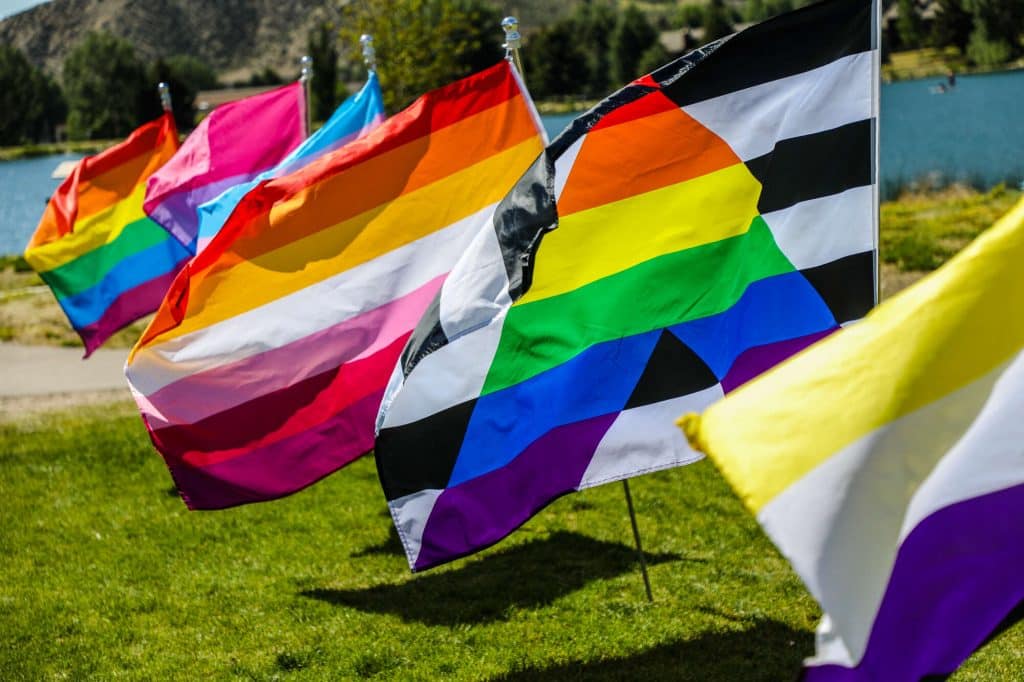With the LGBTQIA+ community embracing a growing diversity of gender identities, the flags that represent these communities play an increasingly important role. Understanding the meaning behind each flag can provide insight into the values and experiences of the communities they represent. In this article, we explore some of the most commonly recognized LGBTQIA+ flags and the significance of their colors.
The Rainbow Flag
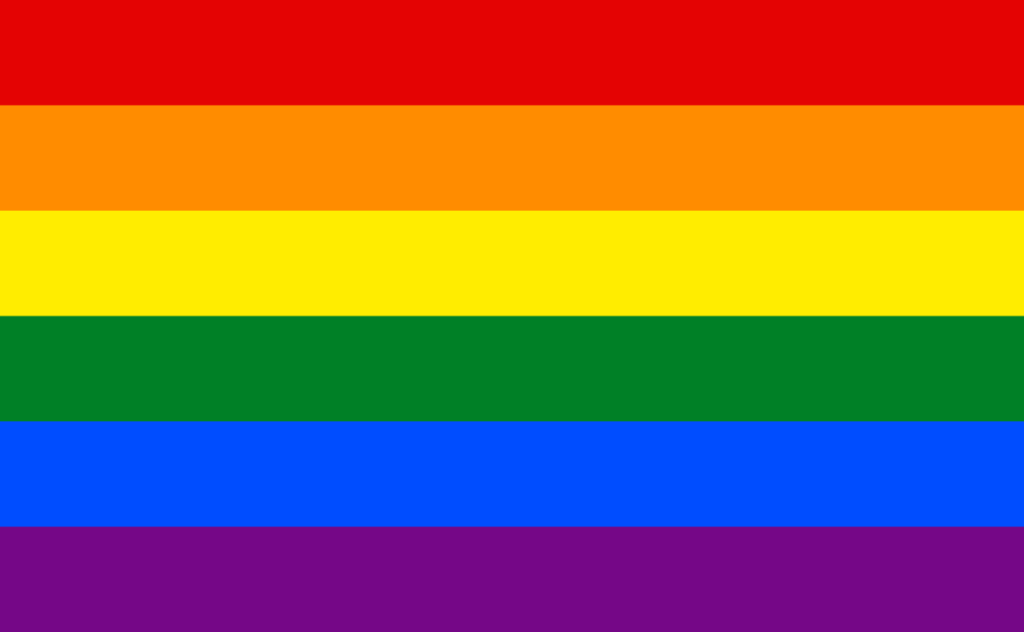
The rainbow flag is the most widely recognized symbol of the LGBTQ+ community as a whole. Each color of the rainbow represents a different aspect of healing: red signifies life, orange signifies healing, yellow signifies the sun, green signifies nature, turquoise signifies art or magic, indigo signifies serenity, and violet signifies the soul. The rainbow flag serves as a symbol of unity and a rallying cry against oppression. Get this flag
The Bisexual Flag
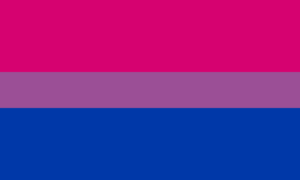
The bisexual flag consists of three stripes in the colors magenta, blue, and lavender. Magenta represents same-gender attraction, blue represents opposite-gender attraction, and lavender represents attraction to both genders. The message of bisexuality is conveyed through the use of triangles. Get this flag
The Pansexual Flag
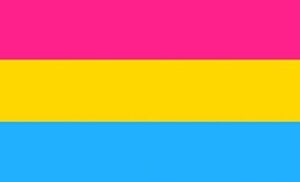
The pansexual flag features three stripes in the colors pink, yellow, and blue. Pink symbolizes female attraction, blue symbolizes male attraction, and yellow symbolizes attraction to those who are non-binary. The pansexual flag represents a wider understanding of sexuality that transcends the traditional binary of male and female. Get this flag
The Asexual Flag
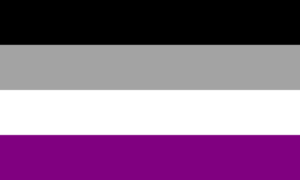
The asexual flag features four stripes in the colors black, grey, white, and purple. Black represents asexuality, grey represents the spectrum between sexuality and asexuality, white represents sexuality, and purple symbolizes a sense of community. The asexual flag celebrates the diversity of those who exist outside of typical attraction. Get this flag
The Transgender Flag
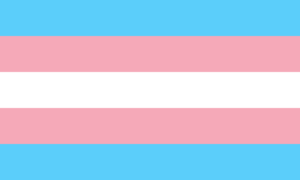
The transgender flag consists of five stripes in the colors baby blue, pink, and white. The two baby blue stripes represent those assigned male at birth, the two pink stripes represent those assigned female at birth, and the white stripe in the center represents the phase of transition. The transgender flag serves as a reminder that gender is not limited to a binary. Get this flag
The Genderqueer Flag
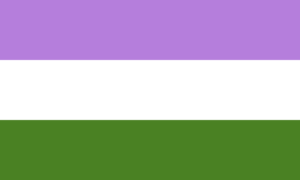
The genderqueer flag features three stripes in the colors lavender, white, and green. Lavender combines the traditional colors of blue and pink to symbolize androgynous identity, white represents a neutral identity, and green symbolizes a third gender option. The genderqueer flag is a testament to the diversity of gender expression beyond the binary. Get this flag
The genderfluid flag
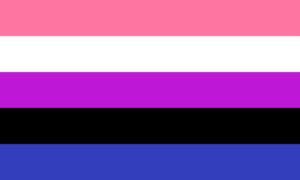
The genderfluid flag features five stripes in the colors pink, white, purple, black, and blue. Pink represents femininity, white represents a lack of gender, purple represents both masculinity and femininity, black represents various third genders, and blue represents masculinity. The genderfluid flag represents the fluidity of the gender spectrum and the importance of self-expression. Get this flag
In conclusion, there are many more sexual and gender identities represented by their own flags. If you feel that your gender identity or sexuality does not align with societal expectations, that’s okay. You are simply who you are. Explore your identity, find support, and proudly fly your flag as a symbol of your uniqueness and beauty.
